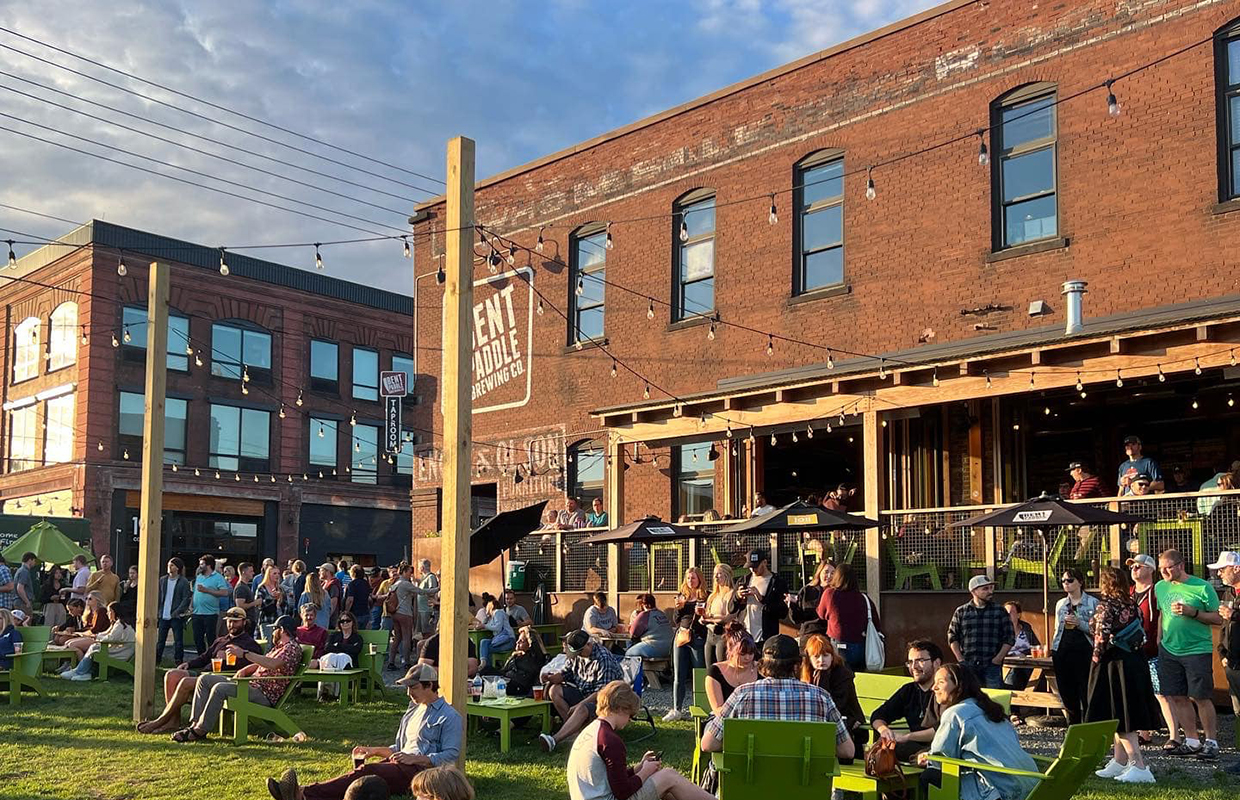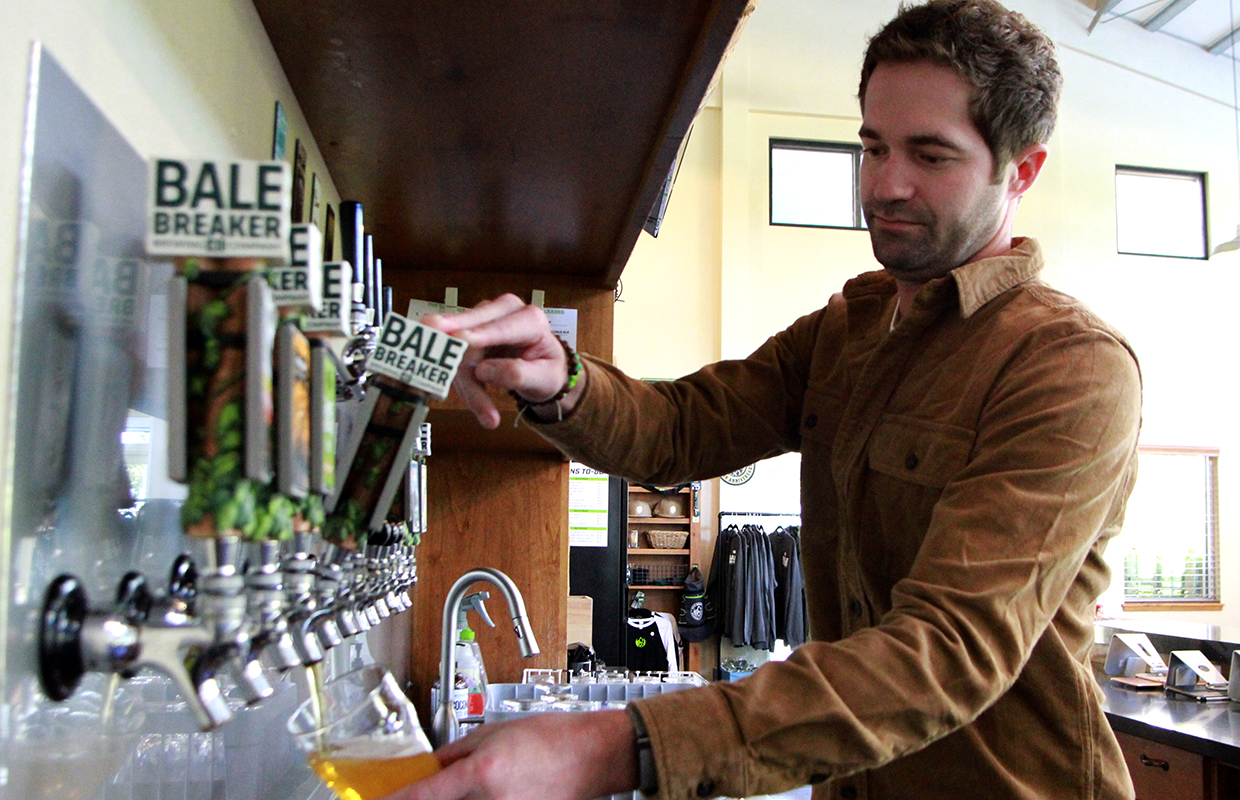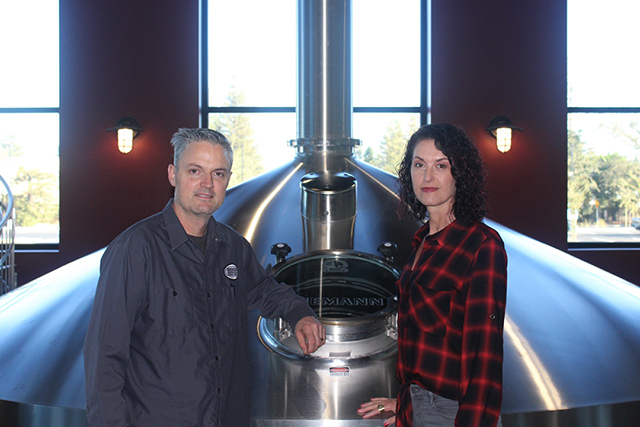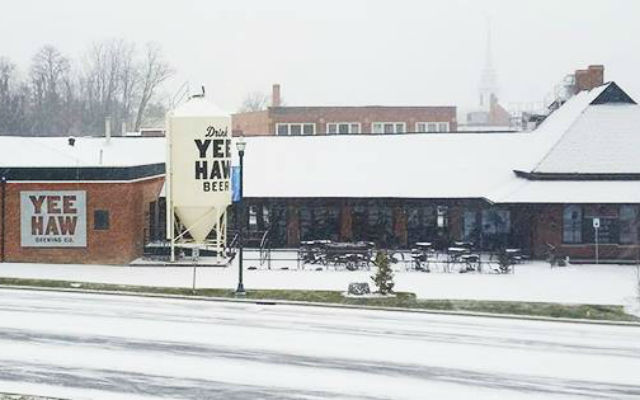
The Bent Paddle Brewing staff spent a lot of time thinking about what they wanted to do when moving from its original taproom to a bigger location. Also, added Pepin Young, they spent a good amount of time thinking about what they didn’t want to do.
For a brewery in Duluth, Minnesota, Young said there’s a lot of other breweries now (with around a dozen in a city of under 90,000) so being unique and creating a taproom that can drive a guest is important.
“What’s your brand is a big part of starting up,” he said. “Who am I? How do we identify and who are we going to identify with?”
When the brewery made its move to a larger location, going from what Young called a “shoebox,” to a much larger area for the taproom with multiple aspects, the brewery did its due diligence to get it as close to right as possible.
“We wanted to make sure that we stayed unique, with all of the different spaces opening up (at that time),” he said. “So we covered the gambit, we’ve got a nice event space. We have a good retail shop.”
That can be a key, he added, not just relying on sales across the bar to create revenue.
“Thinking about the proximity of retail to your space is important,” he said. “Retail sales of merchandise and clothing — I would say we’re pretty ahead of the game in that.”
Having a strong retail presence on sight helps the brewery generate about 18% of total taproom sales through the retail shop.
Music programming is another way to boost business while working with local artists.
“We knew we wanted a music space in our tap room, which is currently about a 6,000 square foot tap room,” Young said. “But as we built that out the first time, we put in a small space that we could use as transitional space for music or for popping up local artists and vendors.
“We did find out fairly quickly that it wasn’t adequate for a full band. We could do it but it wasn’t perfect. And we wanted our musicians to feel good playing there so we ended up putting in a larger stage and reconfiguring our tap room in order to fit that.”
Bent Paddle chose to open without food, with a focus on beer and work with food partners instead.
“I think that that is something that people will be looking at more carefully now,” Pepin said. “Food is certainly an option that customers are looking for.”
READ MORE: 4 Quick Tips in Adding a Kitchen to Your Brewery
Photo courtesy Bent Paddle Brewing





1 Trackback / Pingback